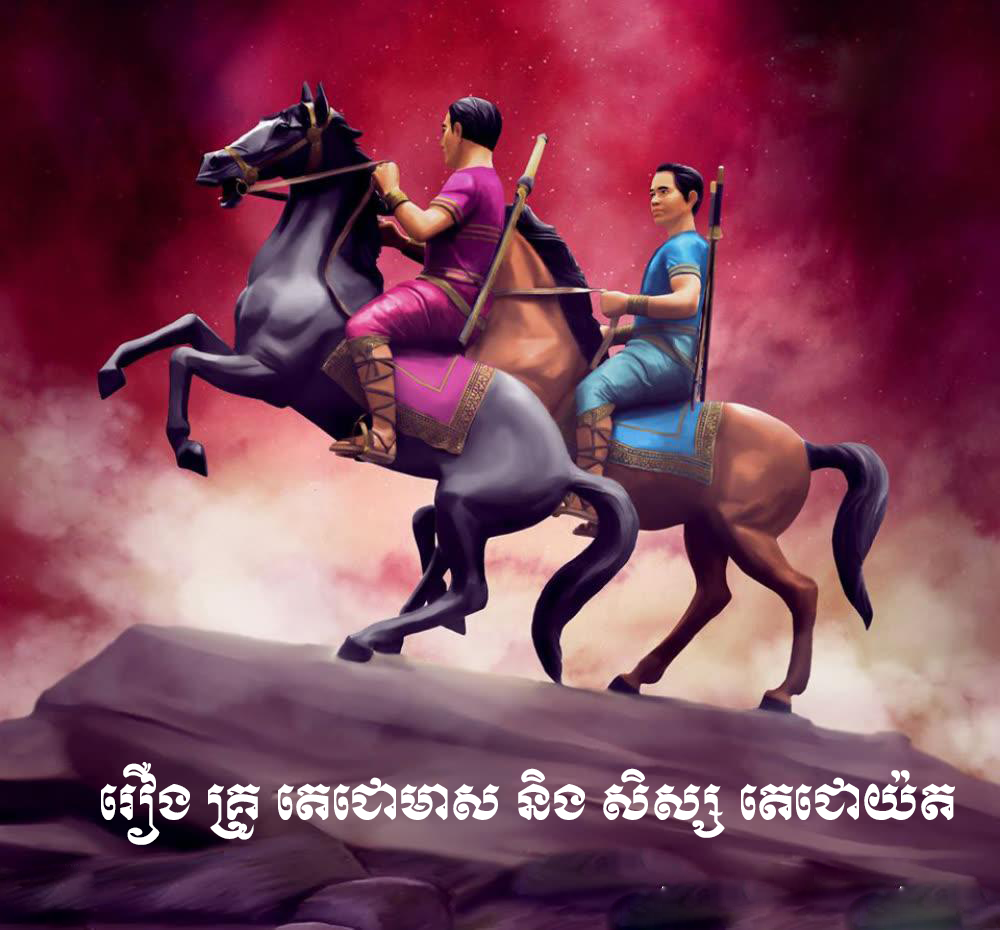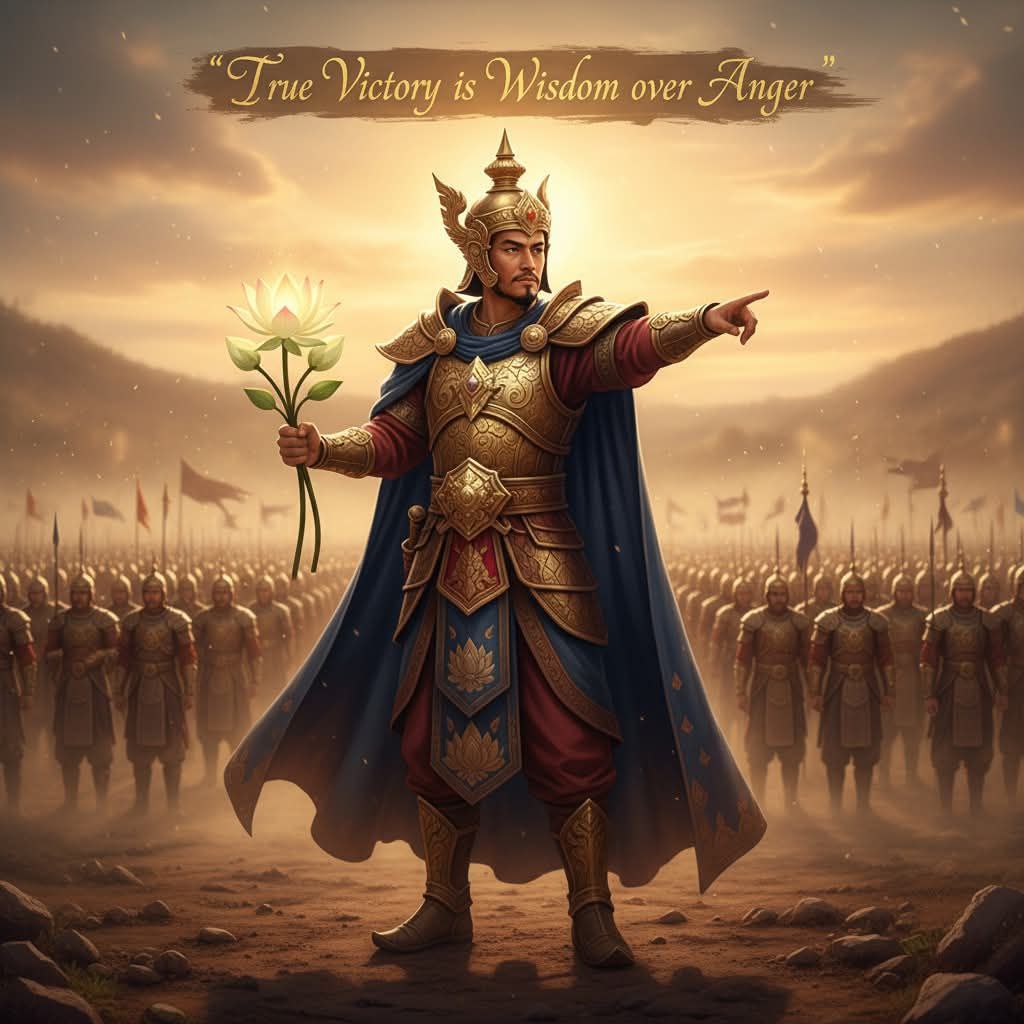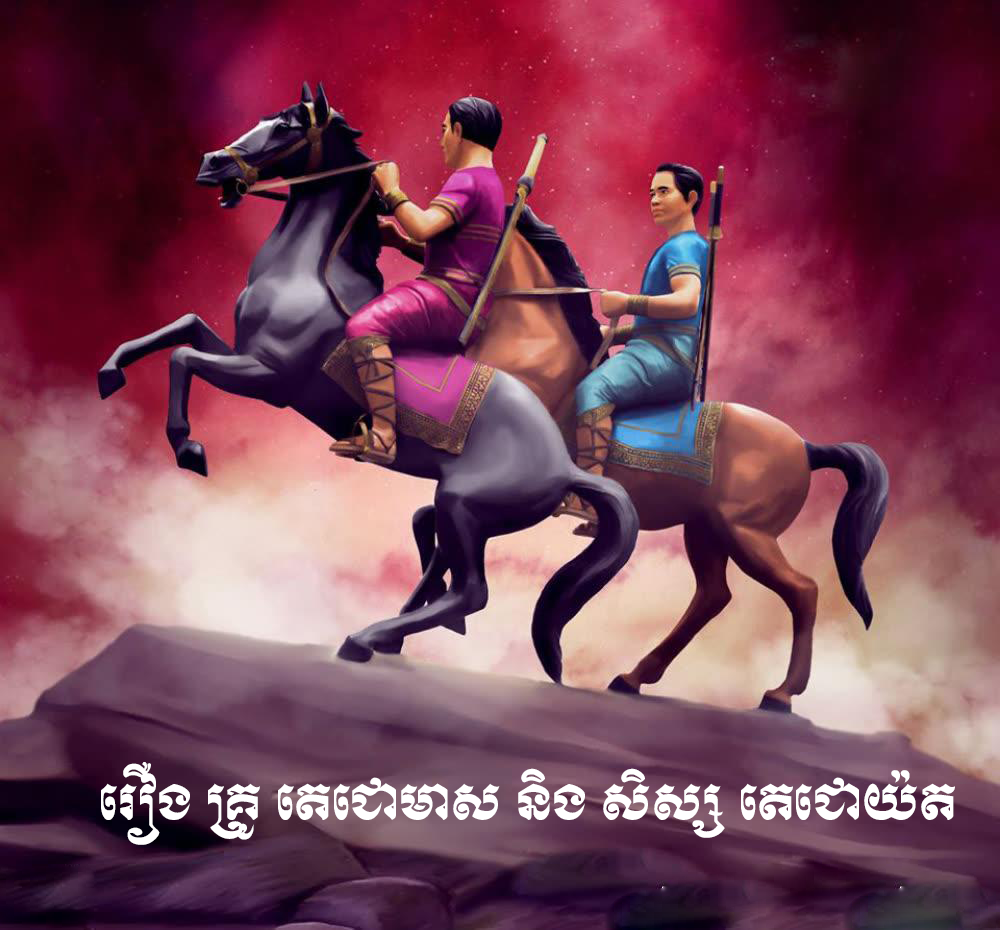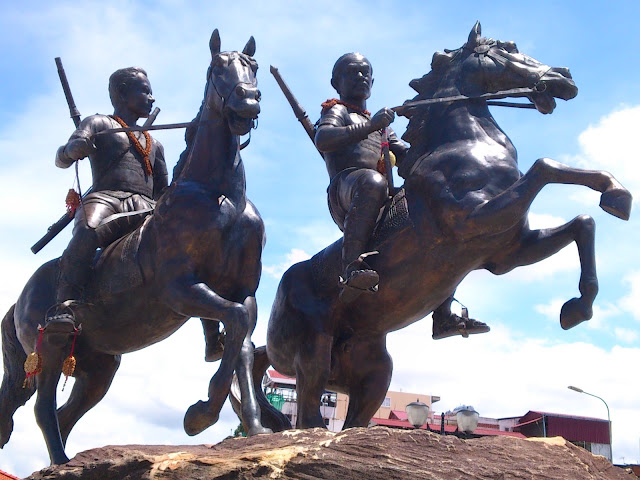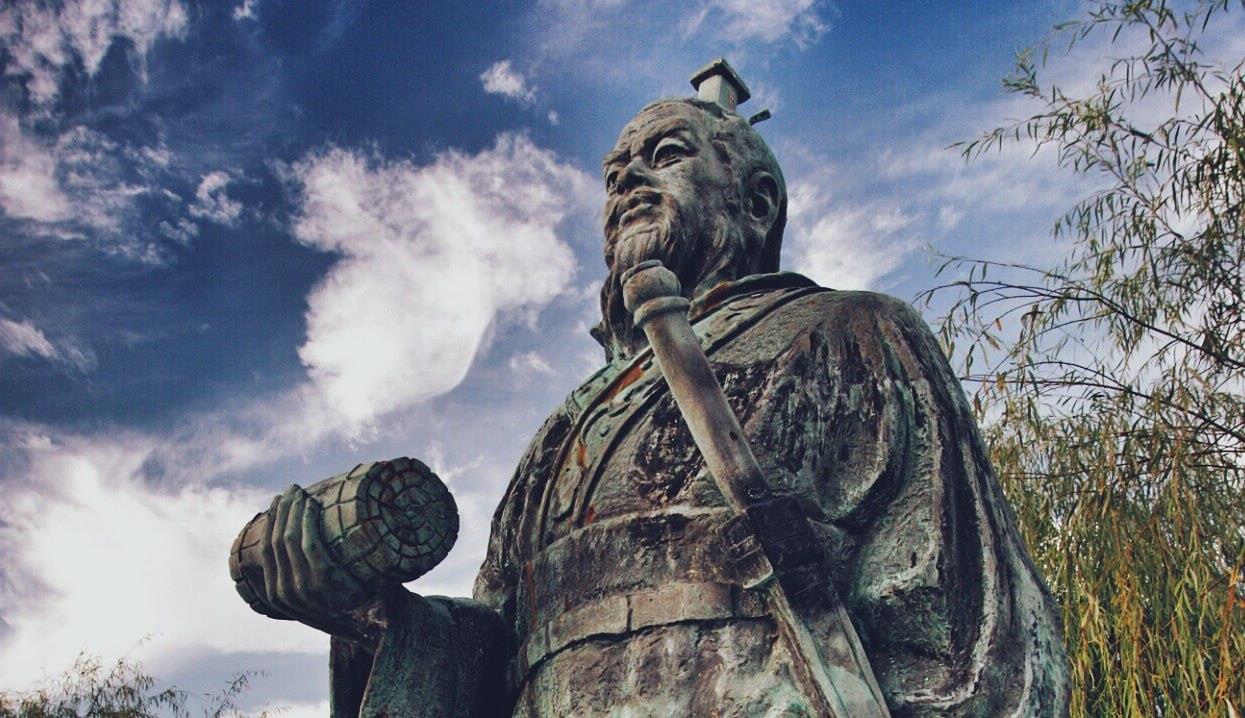
Administrators
•
•
What happened this morning is not only a border clash. It is the moment the international system quietly recalibrated how it sees both Cambodia and Thailand, and that recalibration goes far deeper than the headlines alone suggest. When AP, CNN, Al Jazeera, Nikkei, CGTN, and CNA all locked onto the same structure that Thailand launched airstrikes, that the border remains disputed, and that both sides accuse each other, they did more than report the incident. They created the first paragraph that every future article, briefing, and diplomatic cable will echo. Once global media converge on a framing, it becomes the historical baseline. Thailand cannot escape it now.
Cambodia may celebrate the surface coverage, but the deeper shift is this: the world has placed Cambodia in the role of the responsible actor. That did not happen through loud statements or emotional language. It happened because Cambodia behaved in a steady, predictable, legally coherent way at a moment when the other side behaved impulsively. Cambodia did not retaliate. Cambodia did not escalate. Cambodia kept its tone procedural and its communication calm. In conflicts like these, behaviour creates legitimacy, and today the world responded to behaviour, not claims. Smaller states almost never receive this kind of credibility advantage; Cambodia earned it.
At the same time, Thailand’s long prepared narrative collapsed in real time. For weeks, Thai officials pushed a storyline at Geneva presenting themselves as the humanitarian victim of landmines and Cambodia as the irresponsible actor. That position cannot survive the global headlines now documenting Thai airstrikes launched during a ceasefire environment. A state trying to claim moral high ground in humanitarian law cannot, within days, be framed worldwide as the side that escalated with jets and bombs. The contradiction is too sharp, and the international system does not forget these inconsistencies. Cambodia has not fully realised how much long term diplomatic leverage this gives: in any future talks, Cambodia now walks in as the state that maintained restraint, while Thailand must answer for why it did not.
The clearest signal of Thailand’s internal instability is not in the media but in their reaction. Thai military linked pages are openly complaining that global outlets side with Cambodia. A confident state never accuses the world of bias. Only a state shocked by its own narrative failure does. It reveals internal pressure, confusion inside the communication chain, and disbelief that foreign media refused to adopt their story. This fracture inside Thailand’s information ecosystem is far more important than the clash itself. A country that cannot control its narrative cannot control its escalation. Cambodia does not need to exploit this; Cambodia only needs to remain consistent.
What few observers in Cambodia see yet is how this shifts ASEAN and broader regional perception. In a region already unsettled by political transitions, humanitarian scrutiny, and fragile ceasefires, ASEAN rewards the actor that remains calm. Today, that actor was Cambodia. Thailand’s use of airpower during a disputed border incident will make regional governments uneasy, because it exposes unpredictability, not strength. Quietly, this moves Cambodia into the role of the stabilising neighbour, the role that earns trust, sympathy, and diplomatic space in Southeast Asia. Cambodia gains influence not by confrontation, but by being the country that does not panic.
This also boxes Thailand in. Once a state is globally framed as the escalator, it loses the ability to escalate again without immediate international backlash. Any new clash, any new accusation, any new diplomatic meeting will now be interpreted in the shadow of today’s airstrikes. Thailand knows this, which is why they are preparing a correction narrative: new evidence, new maps, new explanations. But none of that will erase the fact that the world already recorded the sequence. Cambodia should not react to whatever Thailand releases next; the framing is already set.
Cambodia’s long term advantage now lies in maintaining consistency. The world is watching behaviour: who stabilises, who escalates, who communicates clearly, who keeps their story straight. Cambodia’s strength today came from doing less, not more, from refusing to enter the emotional theatre that Thailand’s communication tried to build around the incident. This is why coverage across continents, from Washington to Beijing, London to Singapore, treated Cambodia not as the aggressor but as the controlled actor in a dangerous situation.
This morning’s clash is not the end, but it is the pivot. Cambodia now stands in a position that smaller states rarely achieve in border tensions: the state that the world perceives as the responsible neighbour, the stabiliser, the adult in the room. Thailand’s escalation created this contrast. Cambodia’s restraint made it visible. And global media have now documented that contrast in a way that will echo through every future report, negotiation, and diplomatic evaluation.
Cambodia does not need to shout this. Cambodia only needs to continue being consistent. In moments like this, clarity becomes power, and restraint becomes strategy. And today, without raising its voice, Cambodia gained something far heavier than a headline: it gained the world’s trust in its conduct.
Midnight



 Monks
Monks

 Group
Group Buddha Dhamma Monk
Buddha Dhamma Monk Puthichak IT
Puthichak IT buddha dharma monk
buddha dharma monk  BuddhaChak IT
BuddhaChak IT  Cambodia4World
Cambodia4World  Bokator Cambodia
Bokator Cambodia  Monk Cambodia
Monk Cambodia Economic Buddhism
Economic Buddhism  Lbokator Khmer
Lbokator Khmer  Housewife Khmer
Housewife Khmer  Kun Lbokator
Kun Lbokator Preap News
Preap News  Sampeah News
Sampeah News  Kampuchea Chef
Kampuchea Chef 












.jpg)


